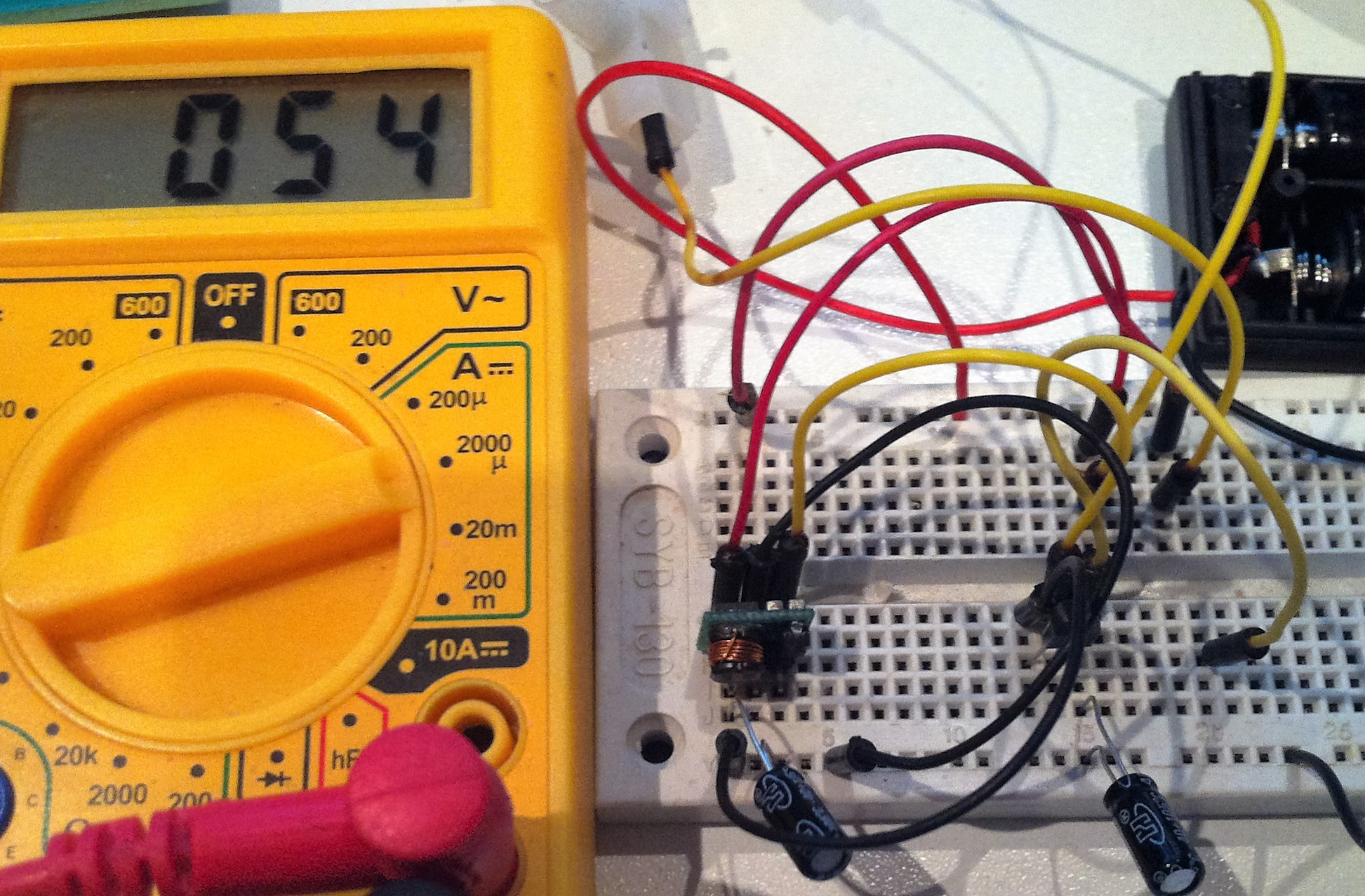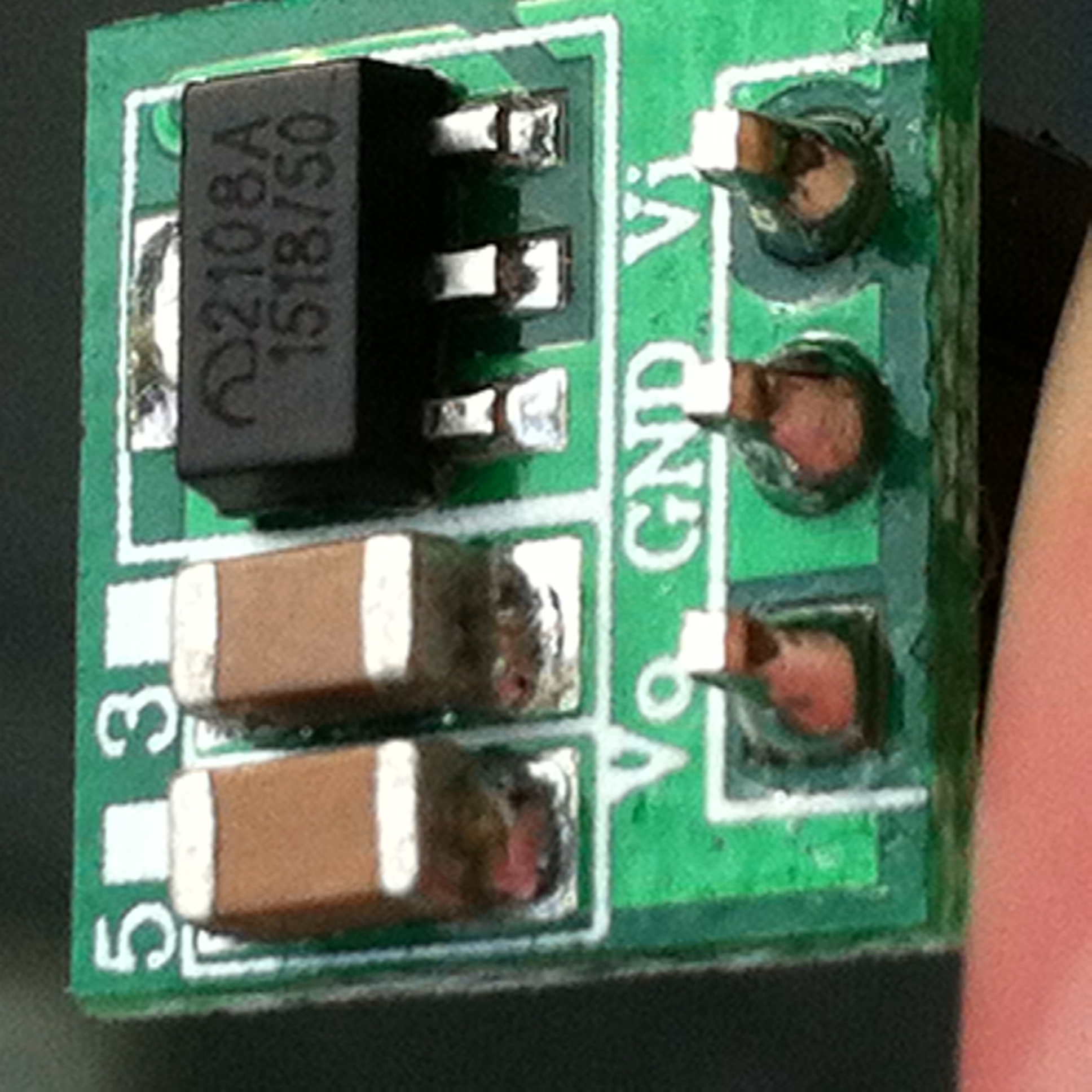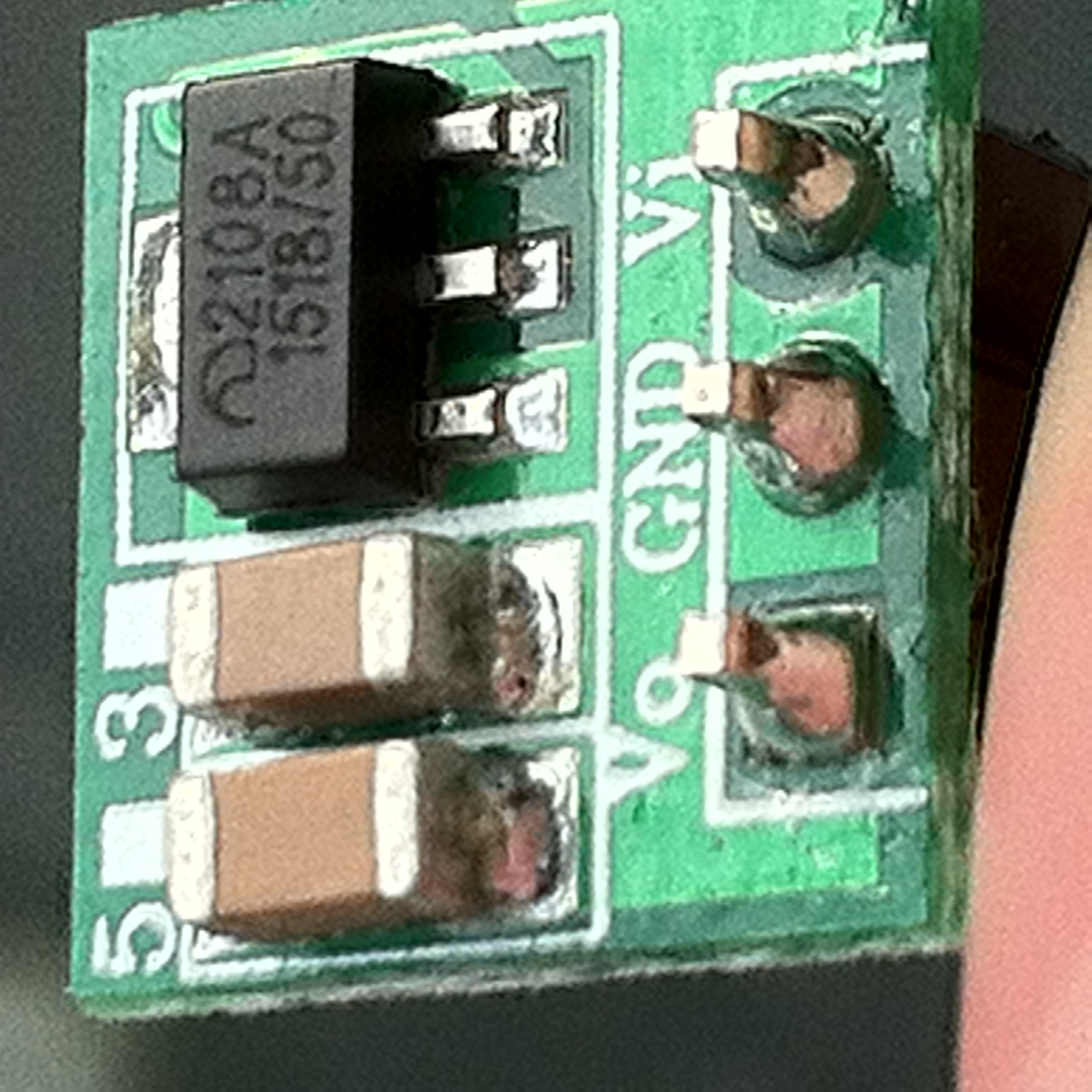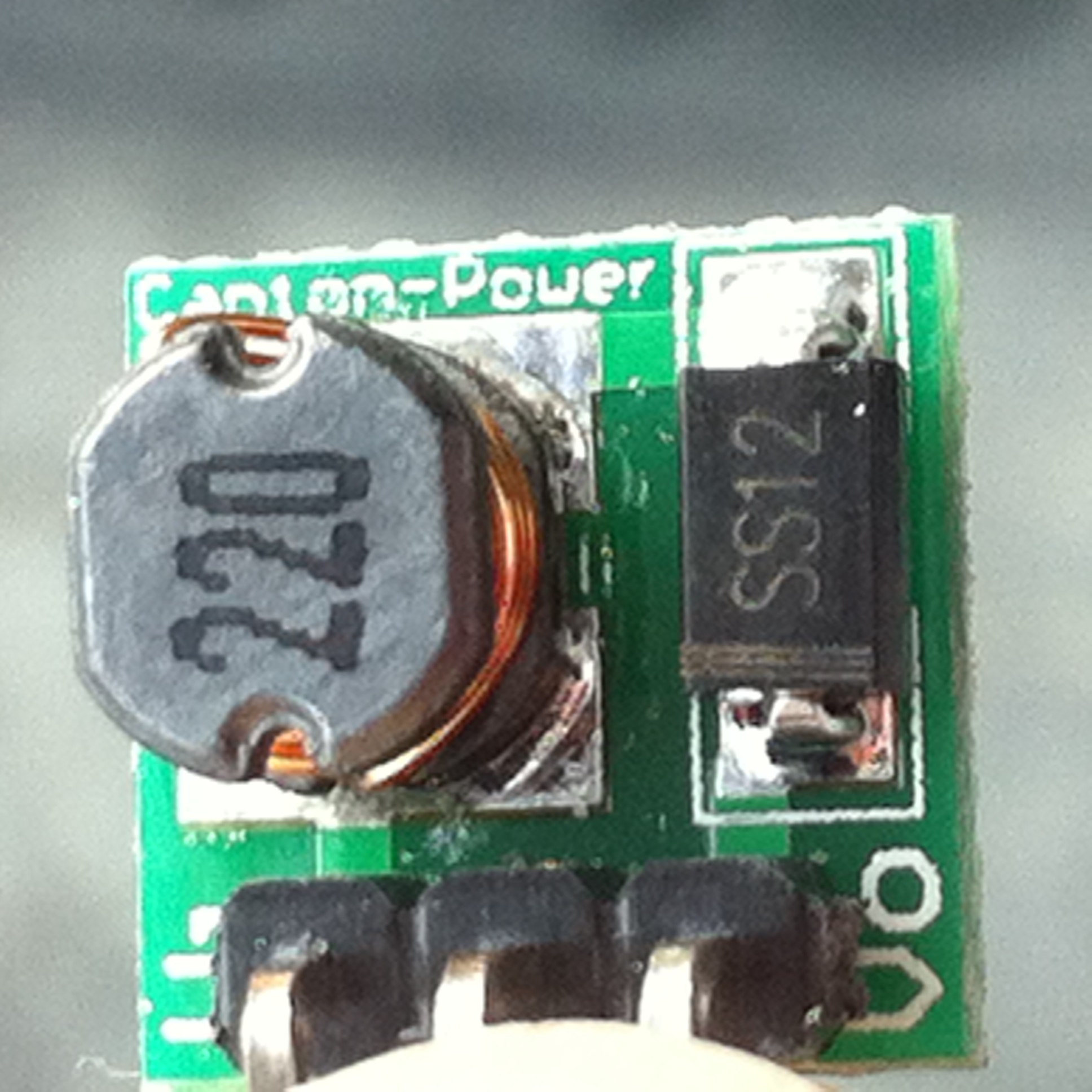Test of Step-Up-Modules (sparkfun, Pololu & china-module) / any other?
-
Reading this thread again makes me remember another observation I did when was trying to get my mini PIR sensor up and running.
I was measuring load current and switched between the old "big" china step-up and the now more common smaller sized one. Identical load. The sleep current was a lot more for the newer smaller one. Could have been those 240uA, not sure but I remember it was the double or something. I was really confused since the two boards look to be populated with the same componets. I didn't look into this further cause I could bearly make the PIR stable on boost supply in any way.
Edit. Power Led disabled, of course.
-
On my custom node PCB, I will use MCP16251 chip to boost supply to 3.3V.
http://ww1.microchip.com/downloads/en/DeviceDoc/25173A.pdfBy docs, If I use it from one AA battery (1.5V), the efficiency is ~80%, consumes ~14uA. I think it is not bad.
-
@ericvdb great observation. But this board is not an MCP1702, because MCP1702 is a voltage regulator IC
-
Just took the time to shoot a pic of my Step-Up consumption, including a Voltage regulator MCP1702-3.3
As you can see, it's consuming 54uA with nothing connected.
Step-Up module: link
The capacitors are really important, one on the input of the step-up module, the other on the output of the MCP1702-3.3, both are 22uF. Without them, consumption is 2.20mA

-
Hi.
maybe it could help some people to "evaluate theoretical" quiescent current...
if I remember right (I am not in front of my stuff), we can calculate the theoretical power consumption at Input like this:
I_input = (Vout * I_circuit)/(Vbat * Eff)
where
I_input = power consumption at Input
Vout = booster voltage output
I_circuit = power consumption of the circuit
Vbat = battery voltage
Eff = booster efficiency for Vout and VbatNow, if we take MCP1651, and says we have:
- a circuit which consumes 50uA (including booster quiescent current, sensors, leakage and a well designed circuit...)
- a MCP16251 booster with 3.3V output on a single 1.5V cell. Efficiency won't be the same during the whole life. And it is not an ultra high efficiency booster or it it would be named like "ultra high" (when they can, they do advertisement ;) ). This is why we can only see the efficiency at 1mA. But what is efficiency under very light loads (<100uA)? It should need to be tested. no matter, we assume it is like on datasheet.
So here we have Eff=85% at VIN=1.5V and Eff=80% at 0.9V (near end of life)
Some maths gives us:
I_input = (Vout * I_circuit)/(Vbat * Eff)
I_input = (3.3V * 50uA)/(1.5V * 0.85)
I_input= 129uA
So it should use approximatively 129uA at Input/batt.Another maths, if batt is at the end of life:
I_input = (3.3V * 50uA)/(0.9V * 0.80)
I_input= 229uASo here we can see that quiescent current of booster is not always the biggest problem.
I hope it can help in your choice. And I hope to have not done a mistake lol!
-
This guy has actually tested the mcp16251 and posted his findings on YouTube https://m.youtube.com/watch?v=O5o6JUjz6Yc



